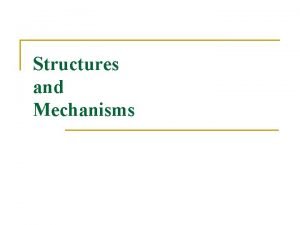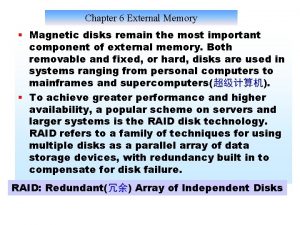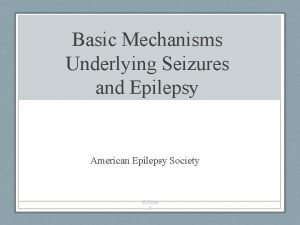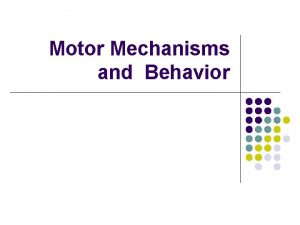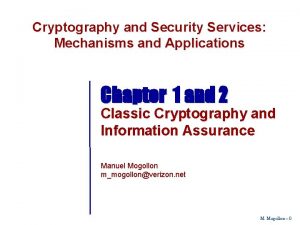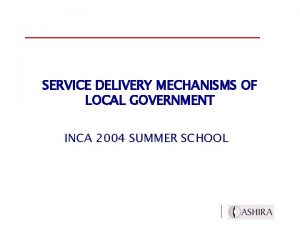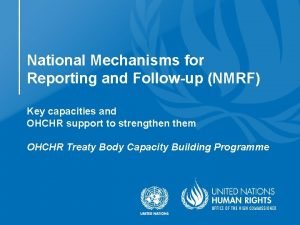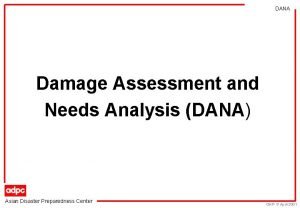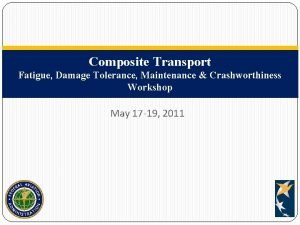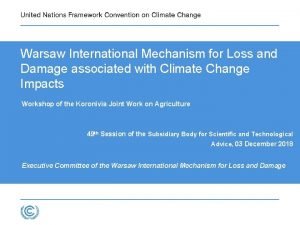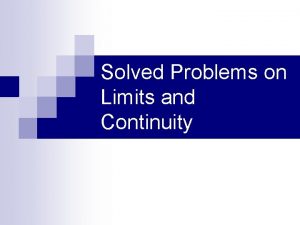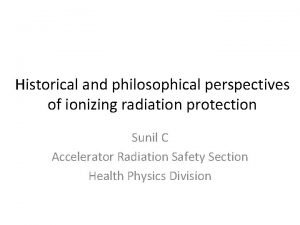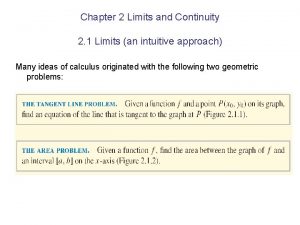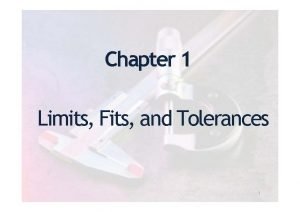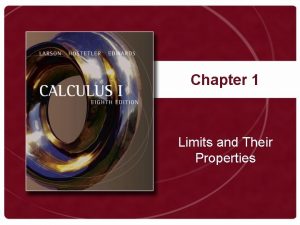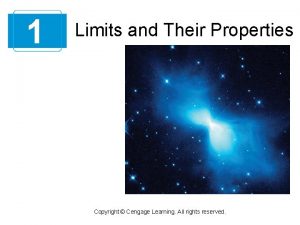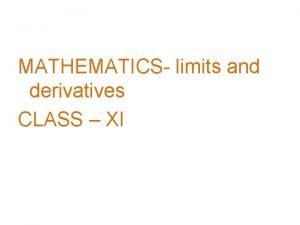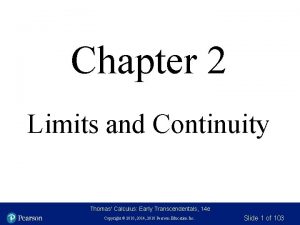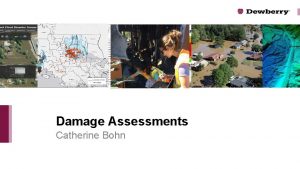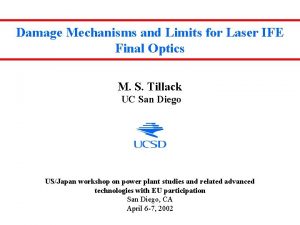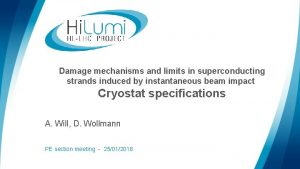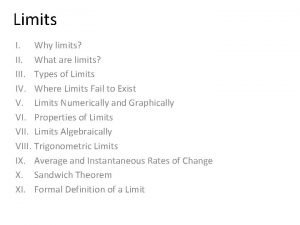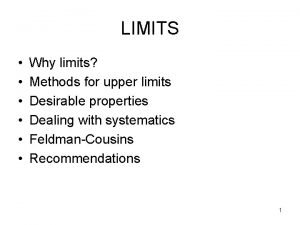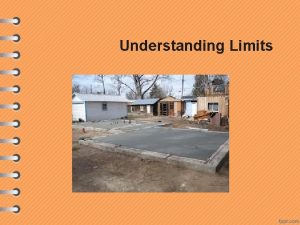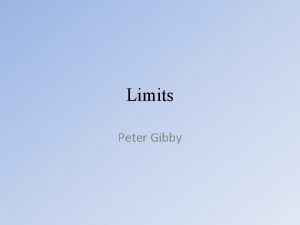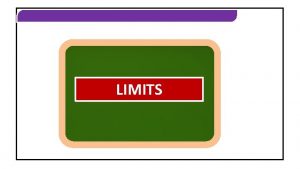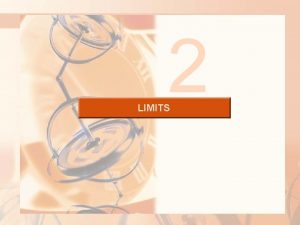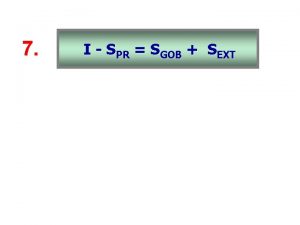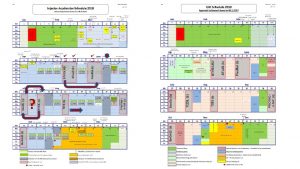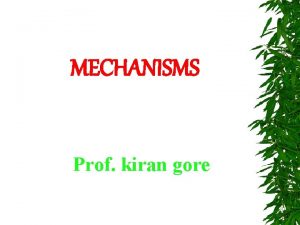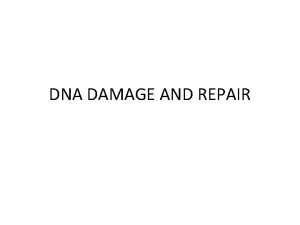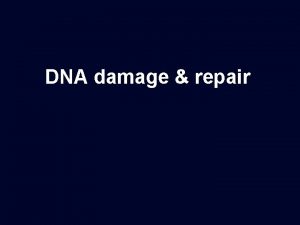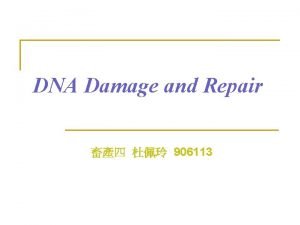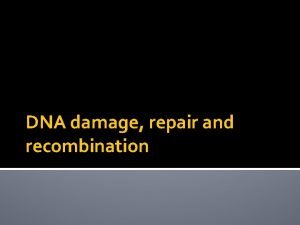HRMT37 Sext Sc Damage mechanisms and limits in
























- Slides: 24

HRMT-37 Sext. Sc Damage mechanisms and limits in superconducting strands induced by instantaneous beam impact A. Will, D. Wollmann Hi. Rad. Mat Technical Board 22/01/2018

Scientific goals § Investigation of the damage mechanisms and limits of superconducting magnet components due to instantaneous beam impact § Experiment at room temp. see HRMT 31 § At cryogenic temperature (LHe temp. ) HRMT 37 § § § Expose strands to beam to reach varying hot-spot temperatures from 400 K to 1300 K Superconducting strand short samples with length of 10 cm In-Situ observations § Hot-spot temperature via resistance measurement, § critical temperature measurement § Post mortem analysis § Magnetization § Critical transport current § Insulation degradation of surrounding Polyimide films Hi. Rad. Mat Technical Board - 22/01/2018 2

Experiment at cryogenic temperature § Magnets are operated at LHe temperatures § Comparison and verification of damage mechanisms as observed in HRMT 31 at room temperature irradiations § Nb 3 Sn expected to be very sensitive to (thermal) stress Focus on Nb 3 Sn in HRMT 37 Hi. Rad. Mat Technical Board - 22/01/2018 3

Setup on table Out-of-beam position § § Linear stage § 46 strand samples to be irradiated at LHe temp. Cryogen-free Aluminium vacuum vessel Vertical movement to irradiate different batches of samples § § § Movable pillar, SKF telemag (compare HRMT 31) 5 batches at diff. vertical positions 8 -10 strands per batch Irradiate one batch per pulse § Horizontal movement to allow out-ofbeam position § Total weight 100 kg § Dimensions § Diameter Cryostat: d=525 mm § § Height: 632 mm + cold head: 188 mm h=820 mm Hi. Rad. Mat Technical Board - 22/01/2018 4

Aluminium Cryostat Cold head 1 st stage (~40 K) Beam Vacuum valve Electr. Feed-throughs § Aluminium Vacuum vessel § Cryocooler cold head § Copper sample holder (taking 16 Nb-Ti and 30 Nb 3 Sn strands) Beam 2 nd stage (4 K) § Cryogen free Thermal shield front view Side view Sample holder pressure relieve valve Hi. Rad. Mat Technical Board - 22/01/2018 5

Cryocooler unit (Sumitomo RP-082 B 2 4 K Pulse Tube ) 40 m § Cooling power § 1 W at 4 K on the 2 nd stage § 40 m compressed He flex lines and motor cable, from compressor to cold head Schematics, drawings and images from Sumitomo compressor unit datasheet and webpage http: //www. shicryogenics. com/products/pulse-tube-cryocoolers/ Hi. Rad. Mat Technical Board - 22/01/2018 6

Sample holder 5 (vertical) x 15 (horizontal) Samples can be inserted § Pulse list § 5 x 10¹⁰ p. p. /bunch Beam pulses Copper segments 80 pilot bunches for beam based alignment § 6 x 24 bunches with 1. 2 x 1011 p. p. /bunch (Nb-Ti) (Nb 3 Sn) Strand short samples Thin Polyimide sheets Hi. Rad. Mat Technical Board - 22/01/2018 7

Sample holder - energy deposition , 1. 2 x 10 11 p. p. /bunch Beam Hi. Rad. Mat Technical Board - 22/01/2018 8

Energy deposition in the vessel wall Hi. Rad. Mat Technical Board - 22/01/2018 9

Instrumentation § 1 PXI with § Analog voltage readout cards § To measure strand resistance § Electronic board § Low pass filter, manage supply current for strands § 1 temperature gauge § Cryocon i 18, 8 channel cryogenic temperature sensor readout § Power supply § Strand supply current for resistance measurement § Stage heater (for system warmup) § Beam instrumentation § Diamond BLM § High voltage source + oscilloscope for readout § BTV Hi. Rad. Mat Technical Board - 22/01/2018 10

Preparation and installation phase § Tests before installation: § Verification of the cryocooler functionality § monitoring of the sample holder temperature for different cryogenic temperatures. § DAQ testing for parallel voltage readout on multiple samples/channels § Leak tightness of the vacuum vessel § Installation phase in BA 7: § Installation of the movable table and the cryostat on the table § Installation of the beam instrumentation devices (BTV, BPKG and diamond detector) with the respective support. § Tests § § § Accurate alignment with respect to the nominal beam position in horizontal direction. Before transfer of the experiment to the tunnel § § Disconnect flex lines and motor cable Installation phase in the tunnel: § Installation of the table on the Hi. Rad. Mat experimental area § § § control system of the movable table and linear stage beam instrumentation installed inside the cryostat remotely, by means of the crane Connection of the gas flexible lines as well as the motor cable, from compressor to cold head Installation phase in the TT 61: § Installation and connection of the chassis PXI, the connection boxes, the electronic boards, the temperature readout and the dual power supply Hi. Rad. Mat Technical Board - 22/01/2018 11

Operation phase Outline of the beam program: § Bring vessel to in-beam position (horizontal movement) § beam based alignment with single pilot bunches with the beam instrumentation (BTV, BPKG and diamond detector) and the strands resistance measurements inside the tank. § One reference wire on the sample holder to perform beam based alignment with help of a diamond detector § For the irradiation of the samples, between each experimental pulse, the movable table will be moved vertically to expose a new batch of samples to the beam. § Move vessel out of beam Post-Irradiation phase: transport to cool-down area of Hi. Rad. Mat (few days after irradiation) § After the experiment ends § § § compressor is turned off system stage and sample holder are warming up to room temperature Before transport of the table § § necessary to disconnect the He-gas flex lines and the motor cable Transport the table to the cool-down area by means of the crane. Hi. Rad. Mat Technical Board - 22/01/2018 12

Post Irradiation and Disposal phase Removal and disposal (after agreement of RP) § After a cool down time (3 to 6 months), bring the Hi. Rad. Mat table to the surface building for dismantling § Remove the cryostat from the movable table § The movable pillars and stages will be left on the Hi. Rad. Mat experimental table (to be used in future experiments) § Transport the cryostat to radioprotection controlled area: § Opening of the cryostat and extraction of the samples § The copper sample holder will be extracted from the stage plate: § § § Dismantling of the strands from the copper blocks. Removing the polyimide film, put it in plastic bags for further analysis. Cutting the central part (~ 50 mm) of each strand with a wire cutter. Packaging of the strands in plastic bags for further analysis. § Vacuum vessel and cryocooler to be stored as a single object in an appropriate controlled area – can be reused for future experiments. Hi. Rad. Mat Technical Board - 22/01/2018 13

Post mortem analysis Post-mortem analysis of the strands: § Transport bags containing the strands to Geneva University. Procedure to be defined with RP expert. § Magnetization measurements and critical transport current measurements at the Geneva University (C. Senatore) § Microscopic Analysis at CERN, Procedure to be defined with RP expert. § Polyimide films § to be weighed and optically inspected. § HV breakthrough measurements Hi. Rad. Mat Technical Board - 22/01/2018 14

Radiological Calculations Maximum residual dose rates along the Nb-Ti strands exposed to 24 bunches for different cooling periods. (Calculations from HRMT 31) Hi. Rad. Mat Technical Board - 22/01/2018 15

Hazards and operational safety § § Vacuum vessel, < 5 x 10 -4 mbar in warm state Cryocooler § § § Operating pressure up to 25 bar (heat load dependent) Noise 70 d. B (50 Hz) 46 liter (compressed) He-gas in system § § § Low temperatures § § Vessel outside at room temperature Thermal shields at ~40 K 2 nd stage (sample holder) at ~4 K Radiological risks § § Worst case estimate, operating at 25 bar equivalent to 1. 16 m 3 at ambient pressure Planning of the post-irradiation of the experiment should consider the residual dose in the area and be in accordance with RP Containment § Melting of the vessel and sample holder is excluded (FLUKA simulations) Hi. Rad. Mat Technical Board - 22/01/2018 16

Conclusion § HRMT 37 as a follow-up of HRMT 31 § Stronger focused on Nb 3 Sn § At cryogenic temperatures (4 K) to understand verify the observed degradation mechanisms § 6 x 24 bunches with 1. 2 x 1011 p. p. /bunch + pilots for alignment total ~ 2. 2 x 1013 protons § Cool-down 3 -6 months § Cryogen-free § No risk of Melting vessel or sample holder Hi. Rad. Mat Technical Board - 22/01/2018 17

Thank you for your attention! Hi. Rad. Mat Technical Board - 22/01/2018 18

Hi. Rad. Mat Technical Board - 22/01/2018 19

Cold head compressor Unit § Equalization pressure at 20°C § 16. 5 - 17. 0 bar § Operating (supply) pressure § 20. 0 - 25. 0 bar § Mass: ~100 kg Hi. Rad. Mat Technical Board - 22/01/2018 20

Setup on table Out-of-beam position § Total weight Linear stage § § § Vessel + thermal shield: 40 kg Top lid: 15 kg 2 nd Stage plate: 12 kg Cold Head: 26 kg Sample holder: 5 kg 98 kg § Dimensions § OD Cryostat: 525 mm § Height: 632 mm § + cold head: 188 mm Movable pillar, SKF telemag (compare HRMT 31) 820 mm Hi. Rad. Mat Technical Board - 22/01/2018 21

Hi. Rad. Mat Technical Board - 22/01/2018 22

Energy deposition in the vessel wall Front wall Back wall Hi. Rad. Mat Technical Board - 22/01/2018 23

Hi. Rad. Mat Technical Board - 22/01/2018 24
 Limit involving infinity
Limit involving infinity Shape 65
Shape 65 Virtualization ppt
Virtualization ppt Structure and mechanism
Structure and mechanism Data organization and formatting of magnetic disk
Data organization and formatting of magnetic disk Basic mechanisms underlying seizures and epilepsy
Basic mechanisms underlying seizures and epilepsy Sensory vs motor
Sensory vs motor Cryptography security services
Cryptography security services Internal and external service delivery mechanisms
Internal and external service delivery mechanisms Security attacks services and mechanisms
Security attacks services and mechanisms Managing weight and eating behaviors
Managing weight and eating behaviors National mechanism for reporting and follow-up
National mechanism for reporting and follow-up Damage assessment and needs analysis
Damage assessment and needs analysis Crashworthiness course
Crashworthiness course Warsaw international mechanism for loss and damage
Warsaw international mechanism for loss and damage Limit and continuity solved problems
Limit and continuity solved problems Limits fits and tolerances lecture notes
Limits fits and tolerances lecture notes Radiation dose limits for workers and public pdf
Radiation dose limits for workers and public pdf Calculus chapter 2 limits and continuity answers
Calculus chapter 2 limits and continuity answers 8f7 tolerance
8f7 tolerance Limits and their properties
Limits and their properties Limits and their properties
Limits and their properties Hole basis fits
Hole basis fits Derivatives class 11 pdf
Derivatives class 11 pdf Thomas calculus limits and continuity
Thomas calculus limits and continuity



